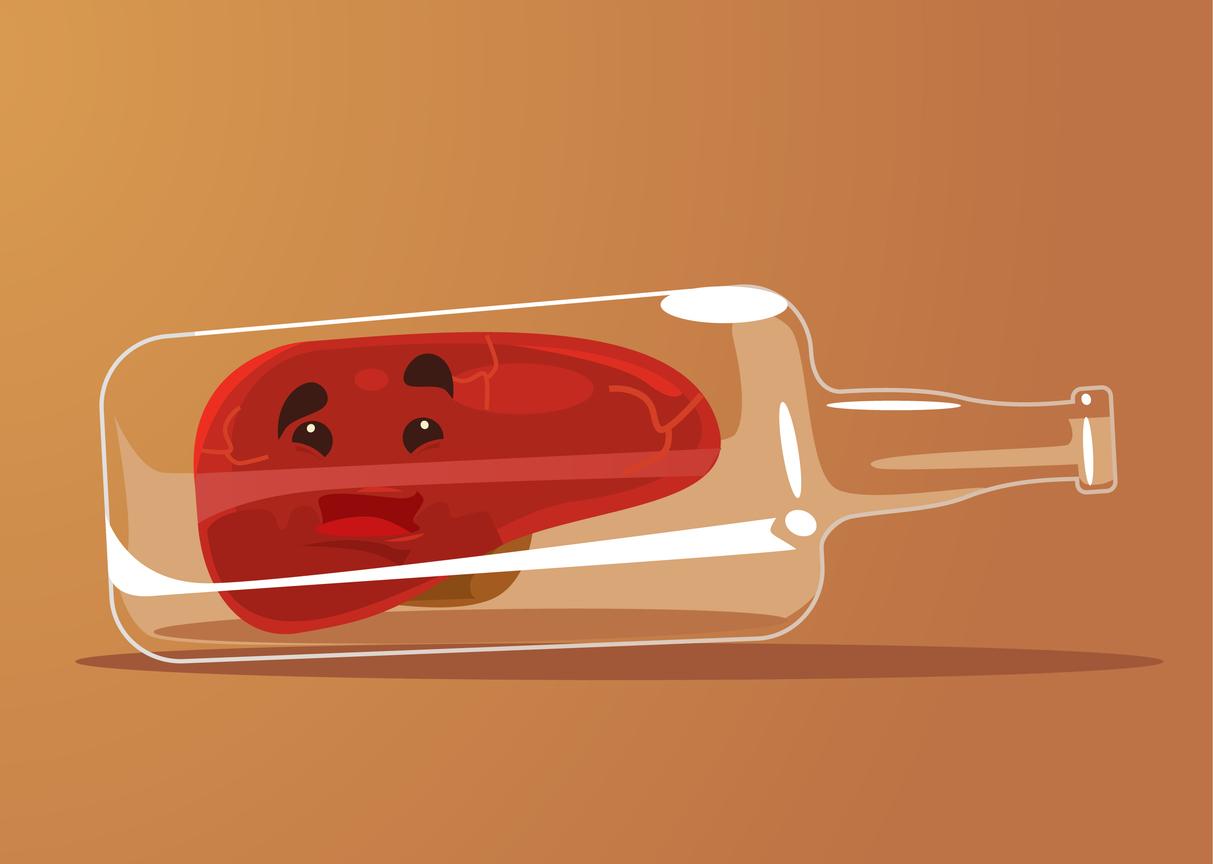- Where does absinthe come from?
- What are the benefits of absinthe?
- What are the forms of use of absinthe?
- What are the contraindications of absinthe?
Where does absinthe come from?
Absinthe (Artemisia absinthium) is wherenative to Europe, Asia and North Africa. She comes in the form of a shrub measuring between 50 cm and 1 m. It is easily recognizable by its silver-green stem, gray and greenish leaves and silvery-white hairs. Its flowering takes place from July to September. As for its flowers, they are yellow and tubular.
Since the Roman Empire, wormwood has been an essential plant in the traditional pharmacopoeia. In the Middle Ages, it was used as a remedy for all ailments: it cured in particular dizziness, fever or even headaches.
To note : with a sulphurous reputation in the 19th century, absinthe alcohol was banned in 1915 in France. But since 2005, absinthe has been marketed again, provided it has a thujone (responsible for hallucinations at high doses) less than 35 mg/L.
What are the benefits of absinthe?
Absinthe has many properties, whether used internally or externally:
- She stimulates the appetite (fenugreek, hops but also gentian are also recommended against loss of appetite). This traditional use of absinthe is recognized by health authorities.
- It would promote digestion. Rich in silica, wormwood is known to combat gastrointestinal disorders such as bloatingthere diarrhea or stomach aches.
- She would calm the nausea and can be used to avoid the travel sickness or seasickness.
- It helps fight against fatigue thanks to its toning properties. It is a plant that is welcome in the context of convalescence.
- Formerly used for its properties healingit can be applied to wounds with a compress.
What are the forms of use of absinthe?
Want to test the effectiveness of absinthe? You will find this plant in different forms:
- Herbal tea : infuse 1 g of dried leaves in 20 cl of boiling water for about ten minutes. Filter and taste before meals! Do not exceed three cups a day.
- The capsules: swallow one to two capsules in a large glass of water at mealtimes. This operation can be repeated three times a day.
- The essential oil: externally, you can put six drops in a clay poultice. It is also used to facilitate digestion and relieve stress to promote sleep.
- The mother tincture: Dilute about fifteen drops in a background of water and repeat this operation morning and evening. This three-week cure can be renewed. Do not hesitate to seek advice from your doctor!
What are the contraindications of absinthe?
Pregnant and nursing women as well as children should not consume absinthe. The same goes for people with gallstones, liver disease, gastroesophageal reflux or a stomach ulcer.
If you take medication to fight against anxiety, epilepsy or severe mental disorders, absinthe is also not recommended.
Source :

















